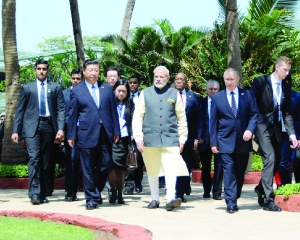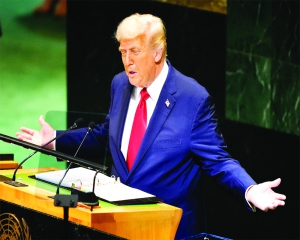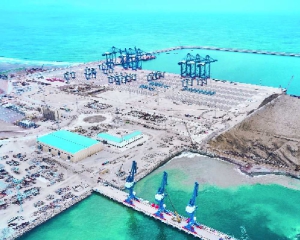As Tata Steel completes 100 years of its mining operations at Noamundi Iron Ore Mine, nestled in the West Singhbhum district, in a strategic move to future-proof its operations and respond to the dynamic challenges of the global steel industry, the company is set to significantly bolster its mining operations under the Ores, Mines & Quarries (OMQ) division.
The steel major has announced a bold expansion plan that will see its mining capacity grow from the current 40 million tonnes to 55 million tonnes over the next five years.
Speaking to media at Noamundi, Atul Bhatnagar, General Manager,Tata Steel’s OMQ division, shared on the roadmap for this expansion. “Tata Steel is preparing to meet global challenges in the steel sector by strengthening its raw material base and modernizing operations,†he stated.
The OMQ division includes the critical mining hubs of Noamundi, Joda, and Katamati, and the upcoming expansion is expected to bring not only enhanced output but also significant employment opportunities. Around 1,200 new jobs are projected to be created, with a focus on technology-driven roles and operational support.
To support the planned increase in capacity, Tata Steel is investing heavily in technological upgrades, automation, and logistics. Bhatnagar revealed that surveillance and operational monitoring have already undergone a digital transformation. For instance, five key mining points in Noamundi are now under 24/7 CCTV surveillance, with live feeds accessible remotely from the company’s base in Jamshedpur. This has vastly improved both operational efficiency and site safety.
In line with Tata Steel’s innovation-driven approach, two cutting-edge technologies developed in-house are currently in the process of being patented. One technology is focused on automatically segregating large boulders post-blasting, which aims to optimize material handling. The second utilizes a high-speed imaging camera to inspect dumper loads, a step forward in improving logistics and load management accuracy.
Tata Steel is not just focusing on current mines but is aggressively eyeing future opportunities. The company has confirmed its intent to participate in the 2030 auction of the Noamundi mines and is also preparing bids for upcoming mining blocks in Odisha, Jharkhand, and Chhattisgarh. Mining operations are expected to commence in two new blocks in Sundargarh, Odisha, within the next two years, further consolidating Tata Steel’s footprint in India’s mineral heartland.
The announcement coincides with the centenary celebrations of the Noamundi Mines, marking 100 years of mining operations. As part of this milestone, Tata Steel is rolling out several community development initiatives. These include plans to introduce dialysis facilities at TMH Hospital in Noamundi, and the establishment of a nursing college to bolster local healthcare capacity.
Recognizing the contributions of its workforce, the company is also in discussions with the workers’ union to offer a special centenary gift to employees, symbolizing Tata Steel’s continued commitment to its people.
Reflecting on the past century, Bhatnagar noted the dramatic evolution of the mining industry, especially in terms of productivity, safety, and gender inclusion. “Today, we are not just extracting minerals, we are building a safer, more inclusive, and technologically advanced ecosystem,†he emphasized. He also proudly shared that women are now actively participating in core mining operations, showcasing the company’s dedication to gender diversity and empowerment.
The story of the Noamundi Iron Mine, nestled in the West Singhbhum district, dates back to 1925. The area, once a quiet village, became a focal point for the Tata Group’s vision of transforming India’s iron and steel industry.

























